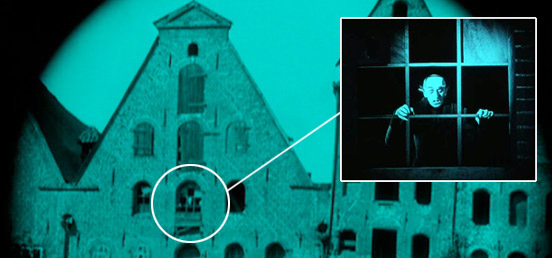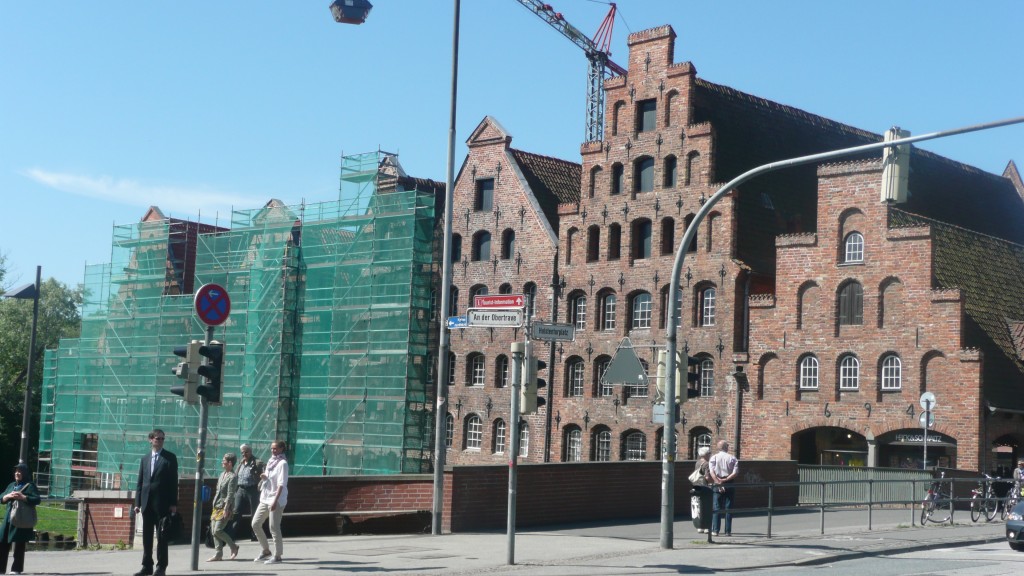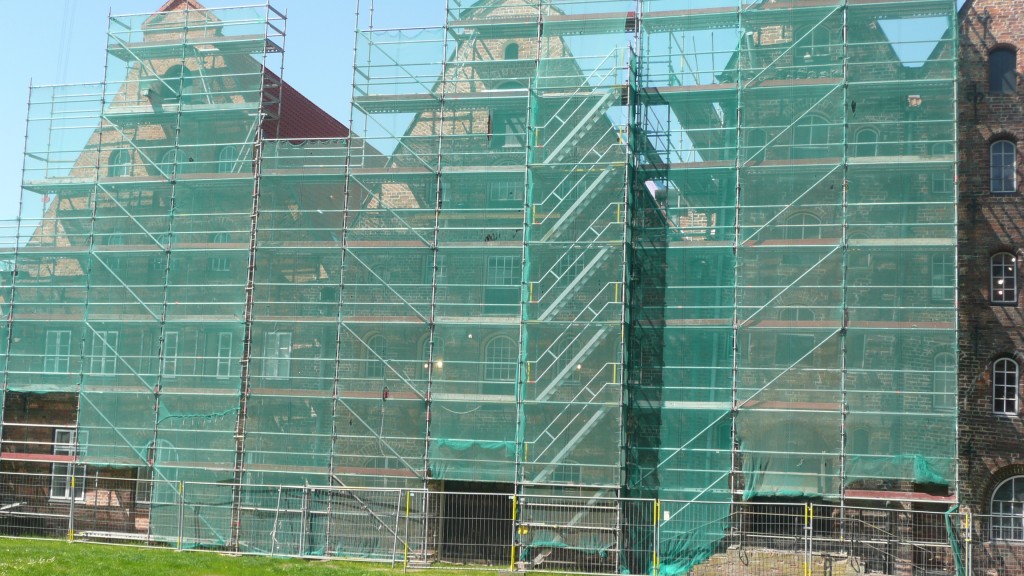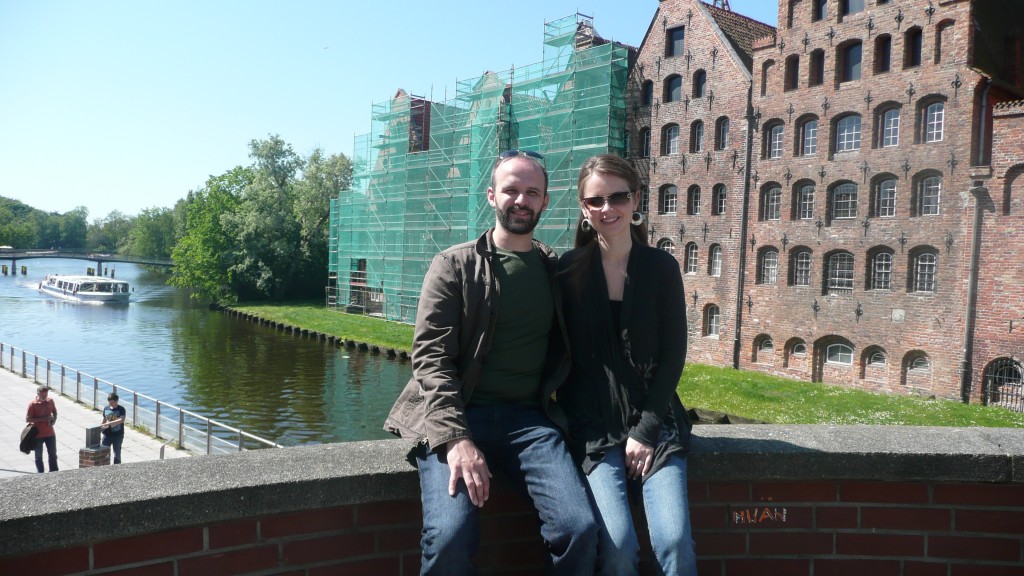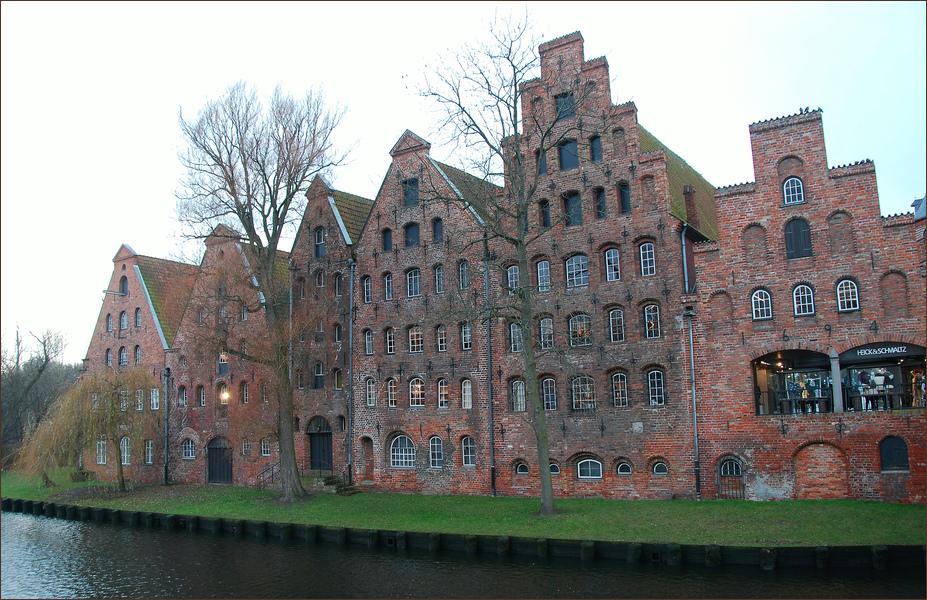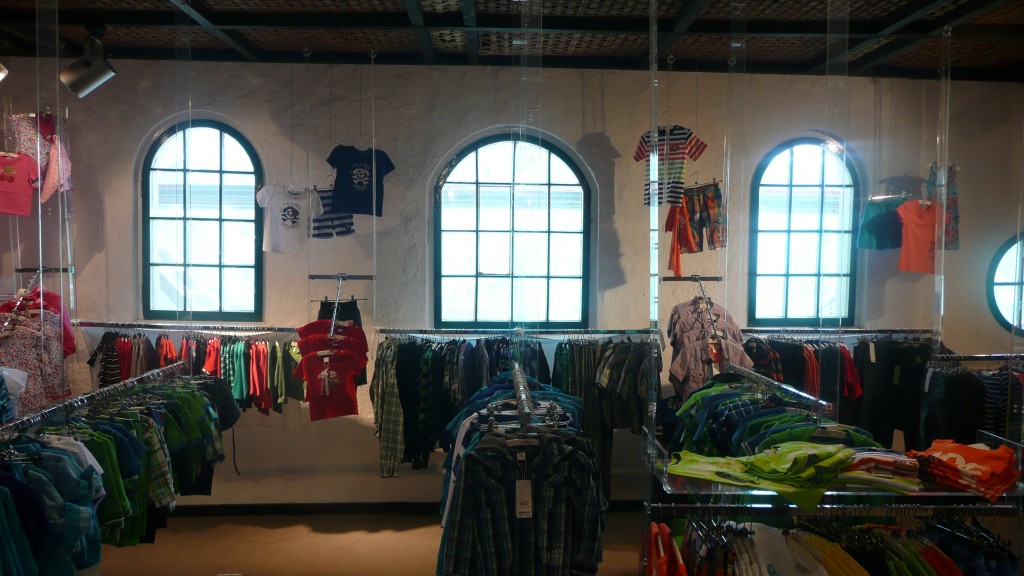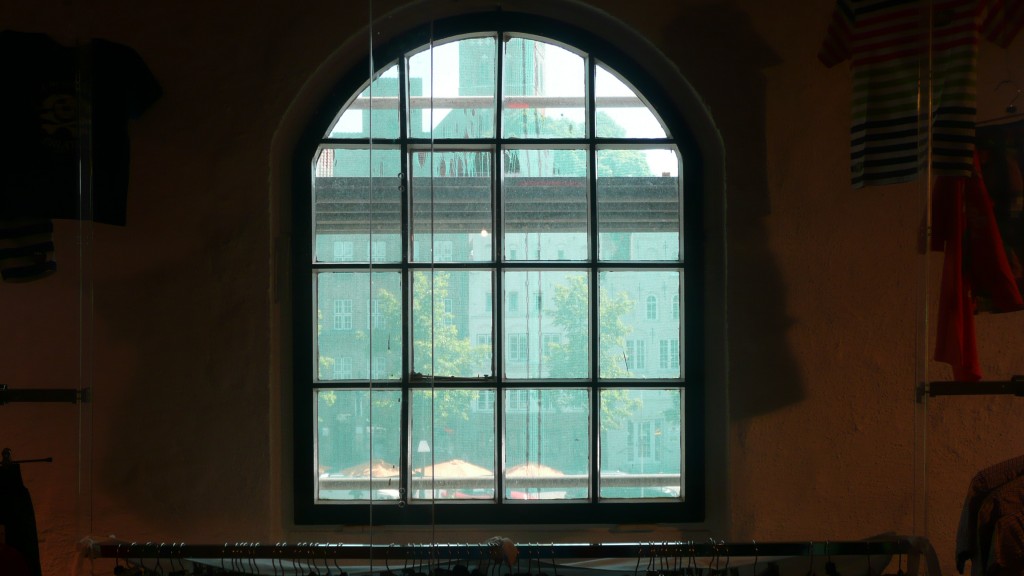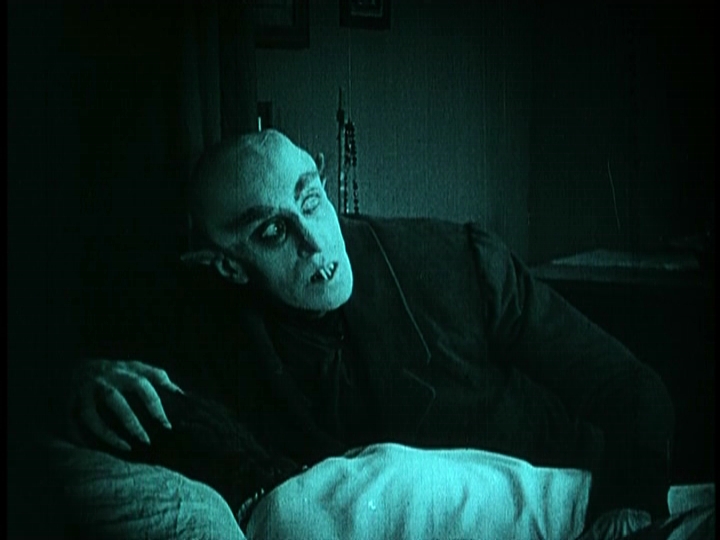Posted By: Dan Geer
One of the most iconic and well-renowned films in cinematic history is director F.W. Murnau’s classic 1922 German Expressionist film, Nosferatu, eine Symphonie des Grauens. While most people today probably haven’t even seen the film, images of actor Max Schreck’s portrayal of the vampire are still engrained in pop culture today. Many people I have talked to still think he is the scariest looking vampire ever put on film.
Since my wife is from Germany, she and I often make it over there to visit family and friends. So, as a fan of Nosferatu, I decided that our next trip should include a visit to Lübeck, Germany, where the film’s fictional town of “Wisborg” was brought to life. More specifically, I wanted to visit the “Salzspeicher” (salt storehouses), which are the buildings that were used to portray the vampire’s home in the film. They are still in existence today, although they are no longer used to store salt. Rather, they have since been converted to a clothing boutique, primarily consisting of women’s apparel (believe it or not). Hit the jump for more on this historic filming location for the film, as well as some of the photos I took while we were there.
When we finally arrived at the Salzspeicher, I was a bit disappointed to see that half of it was under construction, as you will see in the photos below. I was hoping to see it exactly as it looked in the original film. However, all of its buildings were still visible, and it is definitely good to know that this legendary filming location is being preserved, pretty much exactly the way it looked back then. The buildings themselves were first built in the 16th-18th centuries, so they were already amazingly old when the film was shot, and so regular maintenance should be expected every so often. I guess this means that I’ll just have to make it over to Lübeck again someday. Oh well, right?
To give the reader some reference, the vampire would look out of the center window in the second building from the left, waiting to prey on potential victims.
Photos of the Salzspeicher in Lübeck, Germany (click to enlarge):
To prove we were there:
Here’s a photo of what the Salzspeicher looks like when it is not under construction:
Inside the Salzspeicher, at the window where actor Max Schreck stood in the film:
Below is some video taken from the location. A tour guide was nearby, and we overheard him talk about where the vampire enters the building in the film. I mention this in the video (as well as how Nosferatu would be rolling in his grave if he knew his house was now a clothing boutique). However, after visiting the location, I re-watched the film and realized that the tour guide was actually inaccurate about where the vampire enters the building. I am, however, correct about which window he looked out from in the film:
This second video clip was taken from a boat ride we took along the river in front of the Salzspeicher. The river runs all the way around Lübeck, and the only way into the town is by bridge:
As an avid fan of old horror films, this trip was truly an amazing experience. To think that extremely old buildings like this, let alone original filming locations such as the Salzspeicher, still exist today is simply incredible. Being an American, my country does not possess historical locations as old as buildings like this, so it really is great to be able to travel to a country where many towns such as Lübeck still look and feel much like they did back when Nosferatu was filmed. It almost feels like a form of time travel.
